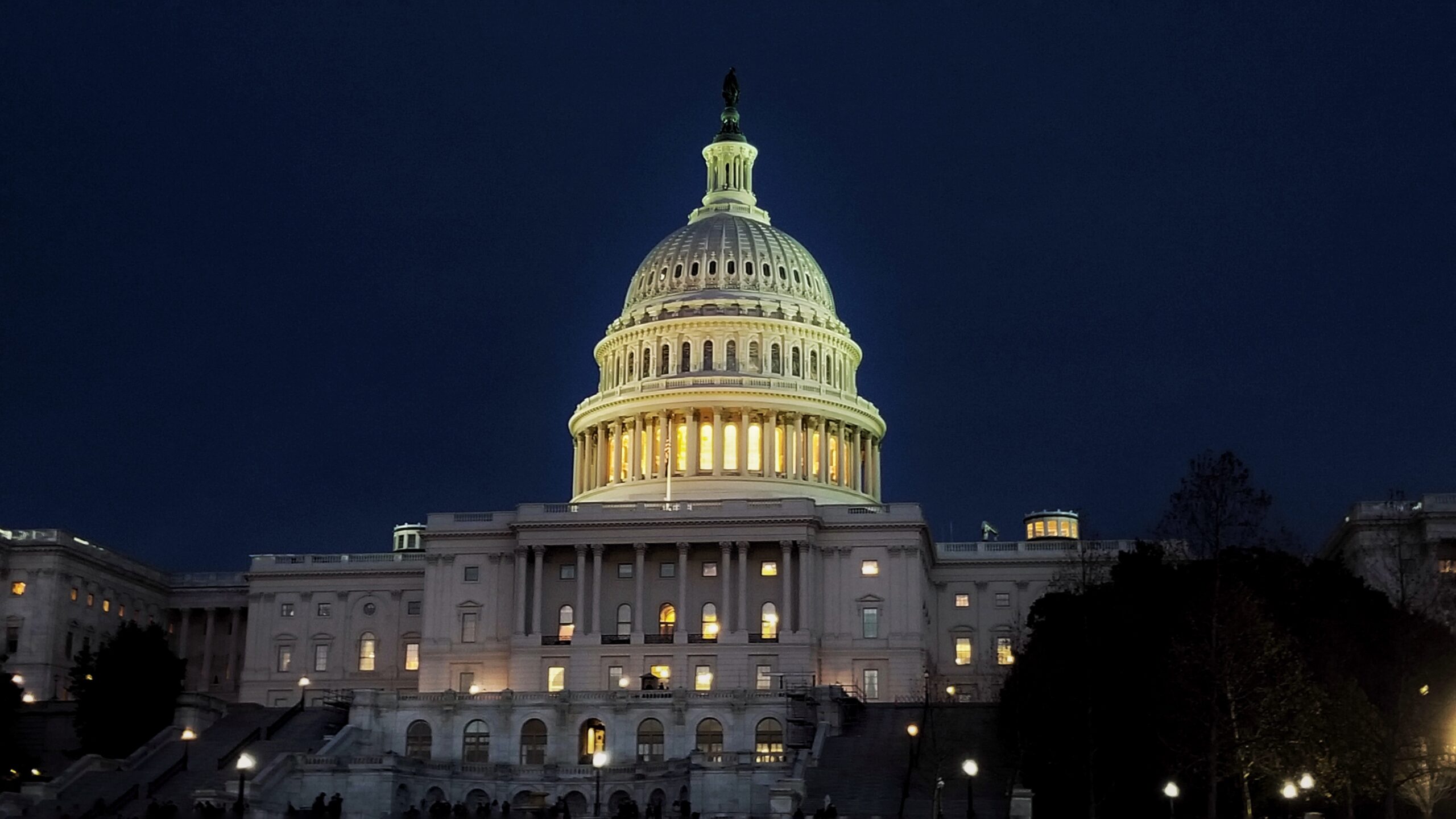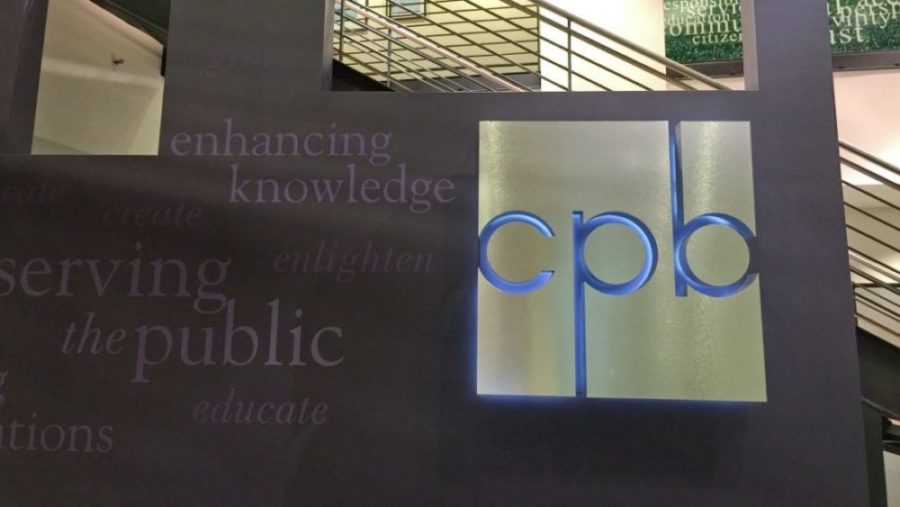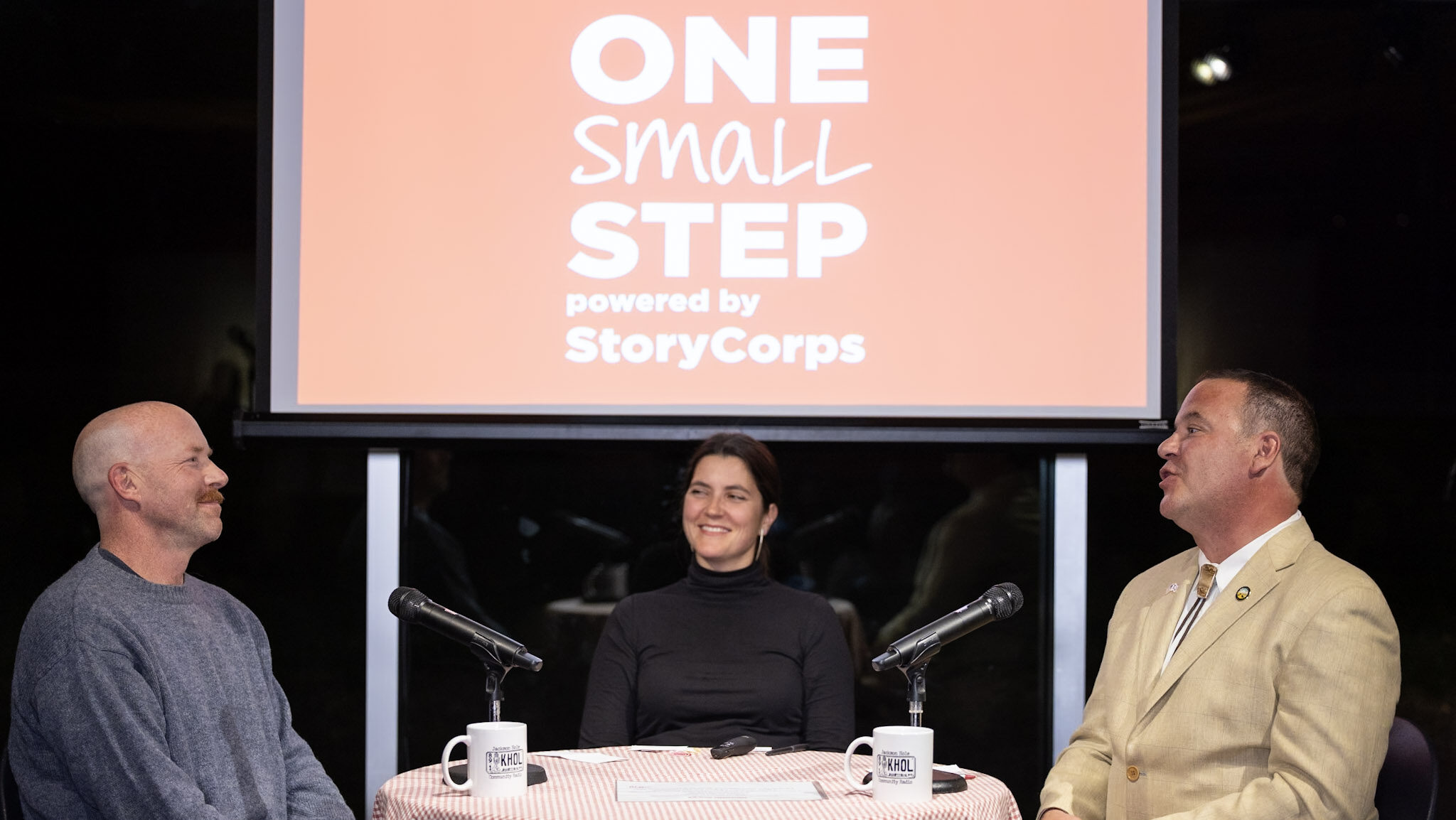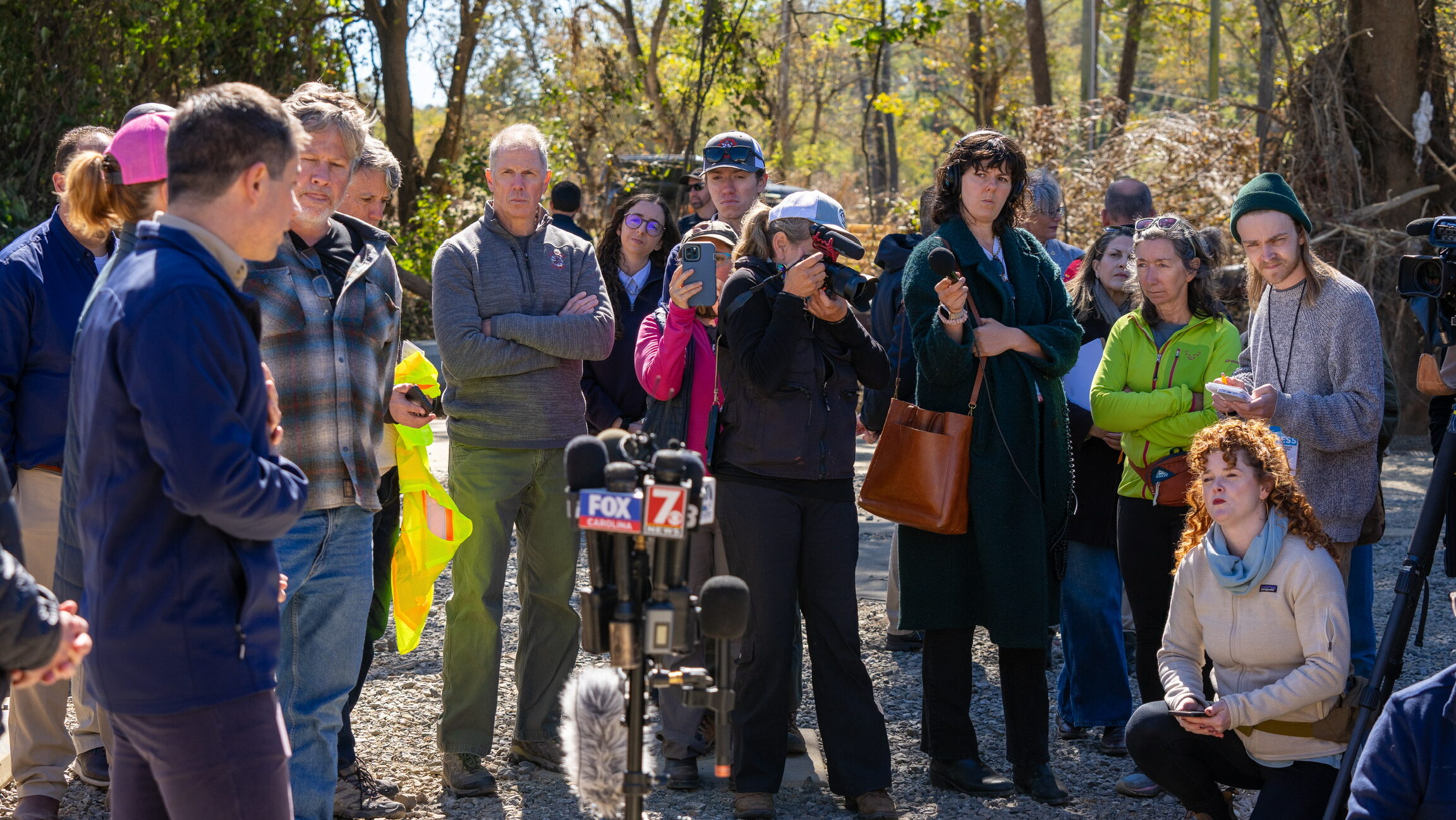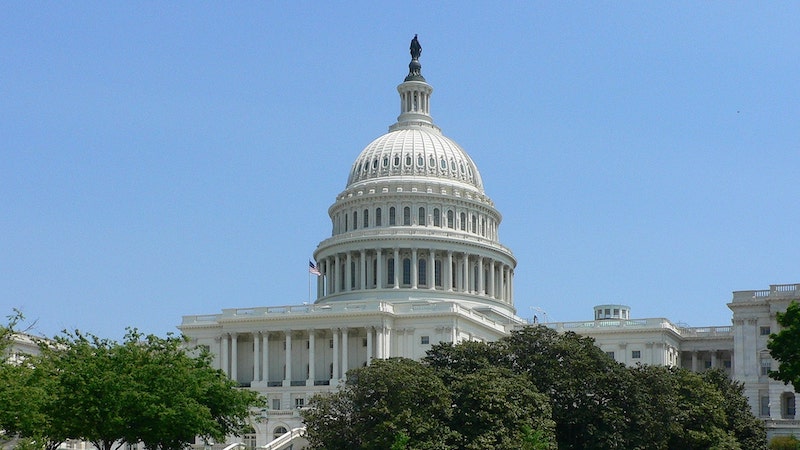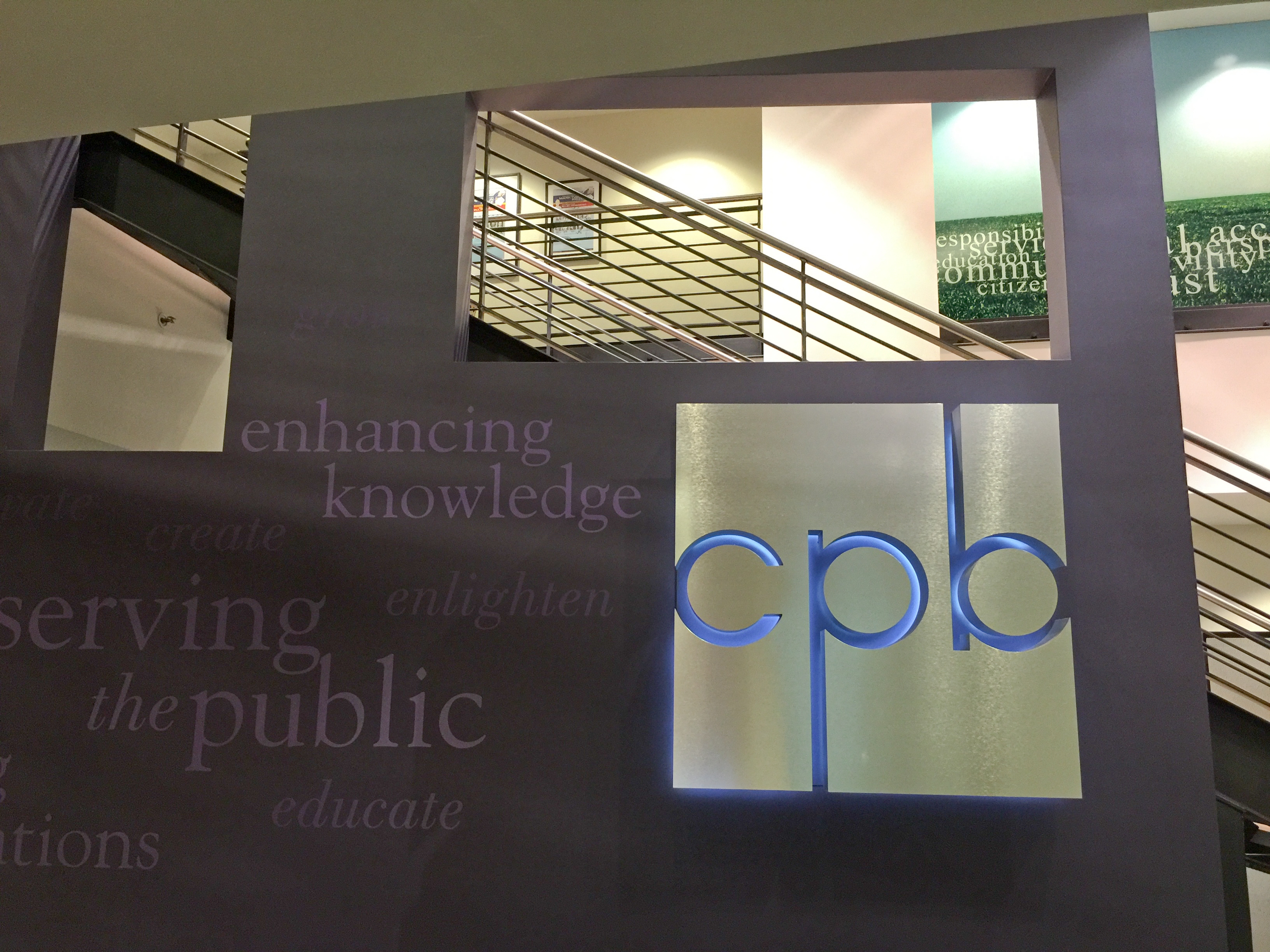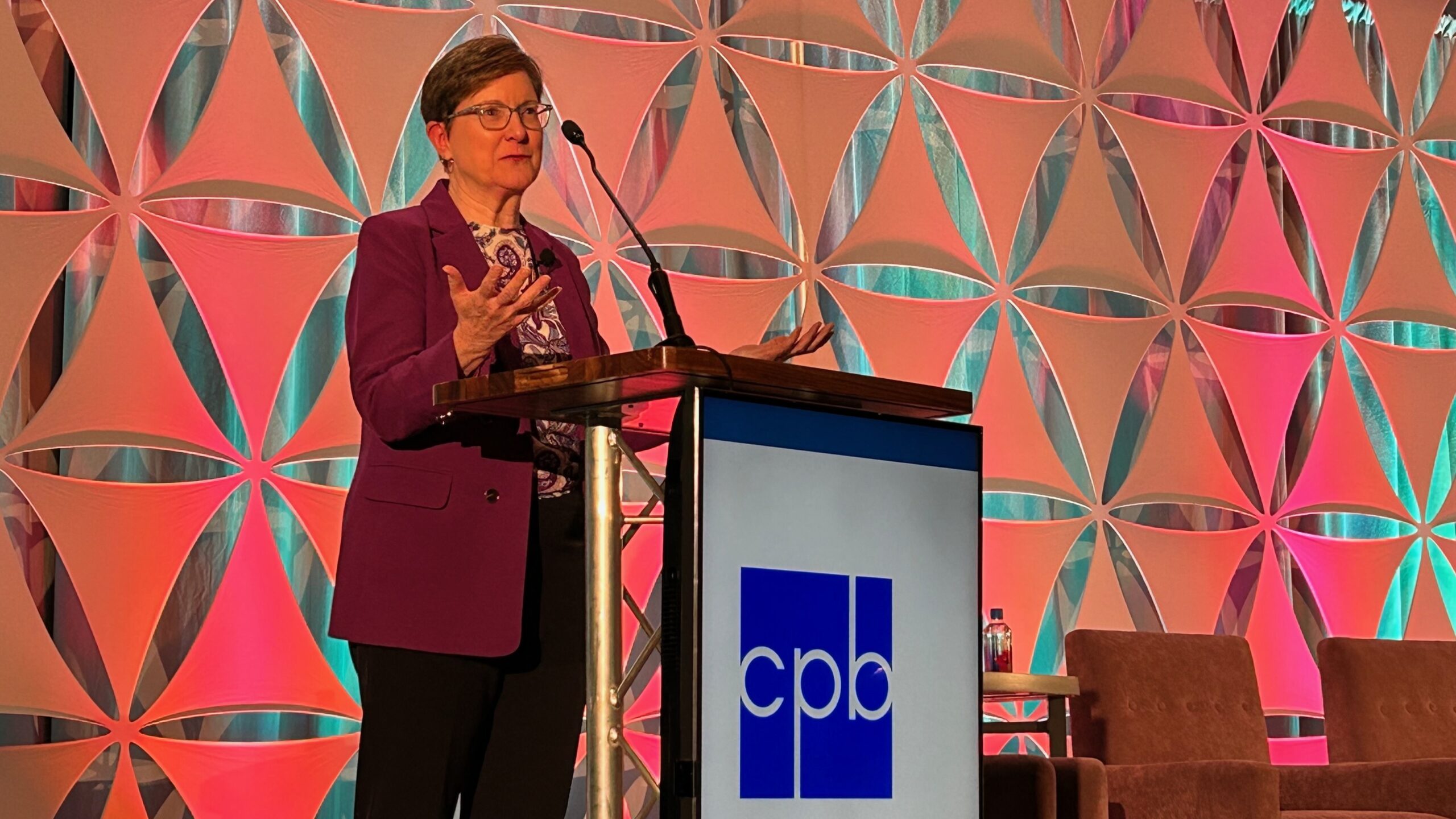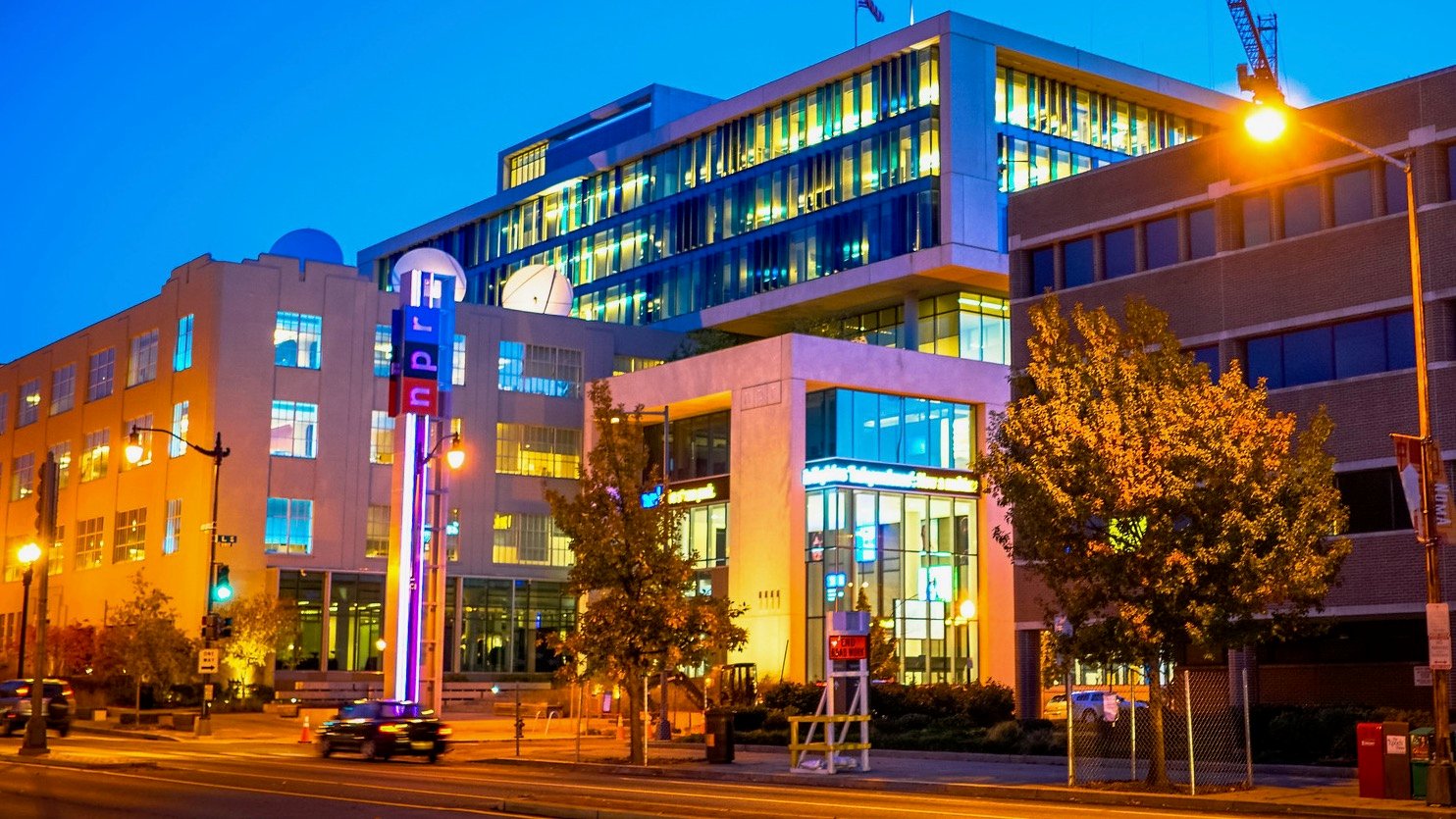Tag: CPB
Senate-approved rescission of public media funds expected to ‘decimate’ system
The Senate approved cutting CPB funding as part of a larger rescission package early Thursday morning.U.S. sues to remove three CPB board members
In April, the deputy director of presidential personnel for the executive office of the president told board members Laura G. Ross, Diane ...One Small Step initiative looks to extend network of participating stations
The StoryCorps program that helps individuals bridge their differences will train a new hub of CPB grantees while continuing to support alumni ...BPR receives CPB grant to fund full-time reporter covering Hurricane Helene recovery
Laura Hackett, a local government reporter at BPR who has followed the impacts of the hurricane since it hit, will focus on ...Public media leaders look to Senate to preserve CPB funding
“We urge the Senate to affirm the very real support for public media across the nation, and to reject rescission,” said NPR ...House passes bill rescinding CPB funds
Lawmakers voted 214-212 to approve the $9.4 billion rescission package, which includes funds for CPB and foreign aid programs.Judge denies CPB’s motion for emergency relief in board removal case
Judge Randolph D. Moss wrote that CPB failed to demonstrate that it was likely to prevail on the merits of its claim ...Sens. Ernst and Cruz demand details of CPB grant supporting NPR ‘Backstop’ team
In a letter to CPB’s CEO, the senators allege that the corporation is “reportedly” withholding grant funds until the newsroom fixes its ...CPB’s Merritt: ‘Let’s stay in this fight together, and let’s prevail’
Speaking at the Public Media Business Association Conference, CPB's COO also said that FEMA has again cut off access to Next Generation ...NPR, Colorado stations sue over executive order targeting network funding
The lawsuit argues President Trump’s executive order violates the Public Broadcasting Act and the First Amendment.Facing Trump threat, CPB amends bylaws to protect directors from removal
Its bylaws now say no one, including the president, can remove a director without approval from at least two-thirds of the other ...Experts say Trump’s CPB order ‘should have no legal effect’
“Whether it will have a practical effect or a political effect, I suppose, is a different question,” said James B. Speta, a ...CPB tells stations to stop Ready To Learn work following termination by Department of Education
The termination of the grant affects PBS and 44 stations, according to CPB.White House proposes eliminating CPB’s funding in FY26 budget plan
“Nearly all federal funding for public media appears to be eliminated” from President Trump’s discretionary budget request, said CPB Chair Ruby Calvert ...NPR is considering ‘full range of options’ for response to Trump executive order, says board ...
“We are still reviewing the legal interpretation of the order,” Jennifer Ferro said.


